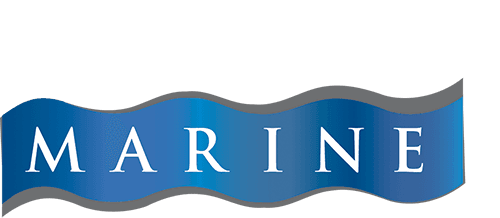At 2:46 p.m. on March 11, 2011, a tectonic shift off the coast of Japan set in motion a 9.0 magnitude “100-year” earthquake, the most powerful in Japanese history. Japan is the best prepared place on earth for a tsunami, but nothing could have prepared the Japanese for what followed. Floodwalls built to protect coastal towns were easily overtopped; 16,000 people killed and 217 square miles inundated. Many are still missing. Bits of lumber were found on the hillsides of Iwate Prefecture 124 feet above sea level. Children’s soccer balls are noW washing ashore in Alaska.
The Tsunami raced across the ocean at the speed of an airliner. As the underwater shock wave reached the Medocino Escarpment, a two-mile rise in the ocean floor extending 1,200 miles westward from Cape Medocino, itS energy was funneled toward the coast of Northern California. At about 7:45 a.m. PST, ten hours after the quake, Crescent City, Calif., was in the grip of a 2.5 meter tsunami. The town of Santa Cruz, south of San Francisco, was also struck but with lesser force. The tsunami devastated the harbors of the two communities and threatened further damage to the local economies.
This is the story of two harbors and the two paths they took to rebuild their marinas. Each had to jury-rig temporary moorage and get operating again. Each chose a different solution to dock replacement. Both benefited from inspired leadership from their harbor and port executives.
FOR A COMPLETE COPY OF THE ARTICLE, DOWNLOAD THE PDF

